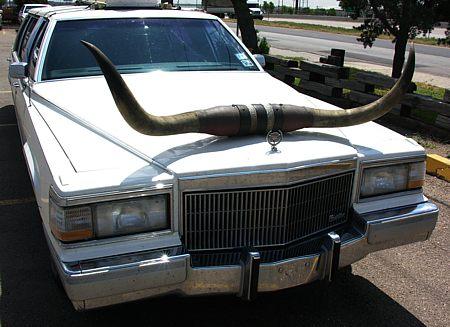Like many early adopters here I started an ICE conversion project back in the eighties. Out of that came an idea for connecting for charging as a part of parking. No cable to plug in, but a direct connection. Did nothing with it until I read my first article on the Roadster. For the last 7+ years I've been working at it. Filed an international patent more than a year ago. Now the national phase is approaching. In other words tens of thousands more dollars to pour into it.
So, here are my questions.
Thanks,
Rick
The Power Docking Port System
“A young mother is traveling to grandma’s house with her newborn safely ensconced in the back seat of her autonomous vehicle. The driving blizzard would have been terrifying in previous cars but not this ultimately safe vehicle. About half way there she pulls off the dark highway towards the EV charger. As they approach she doesn’t get pelted with ice nor is her child blasted with chill air. No door even unlocks: a light touch to the ‘Connect’ confirmation icon on the center console and she turns to watch her sleeping baby as her vehicle autonomously drives up to, and connects to, the Power Docking Port equipped charger.”
PDP System Features:
So, here are my questions.
- Is the idea of dropping the cord but having direct connection of any use to you?
- Would you pay $2500 for a port/probe system to give you this option.
- If Tesla never picked it up and you only ever got to use it in your garage and maybe at work?
- If Tesla outfitted all their supercharger stations with the system?
Thanks,
Rick
The Power Docking Port System
“A young mother is traveling to grandma’s house with her newborn safely ensconced in the back seat of her autonomous vehicle. The driving blizzard would have been terrifying in previous cars but not this ultimately safe vehicle. About half way there she pulls off the dark highway towards the EV charger. As they approach she doesn’t get pelted with ice nor is her child blasted with chill air. No door even unlocks: a light touch to the ‘Connect’ confirmation icon on the center console and she turns to watch her sleeping baby as her vehicle autonomously drives up to, and connects to, the Power Docking Port equipped charger.”
PDP System Features:
- Compatibility with autonomous and manually driven vehicles
- Eliminates the need for a cable while maintaining direct connection
- Allows easily double the current charge rate, potentially over 500 kW
- Robust design allowing the vehicle to be up to 4 inches off center and 15 to 30 degrees off in angle of approach or even rotationally
- Even with significant misalignment, which should not happen, this thing will plug in!
- System integrates with vehicle manufacturer specific charging circuitry
- Adaptors allow backwards compatibility for cord centric charging
- Provisional patent application 14 November 2014
- International patent filing date 13 November 2015
- PCT International Search Report completed 01 February 2016
- The title and abstract text was approved as submitted
- 25 of 25 claims were positive for novelty, inventive step, and industrial applicability.
- Conceptual model completed in 2014
- 3D printed prototype completed 2016



